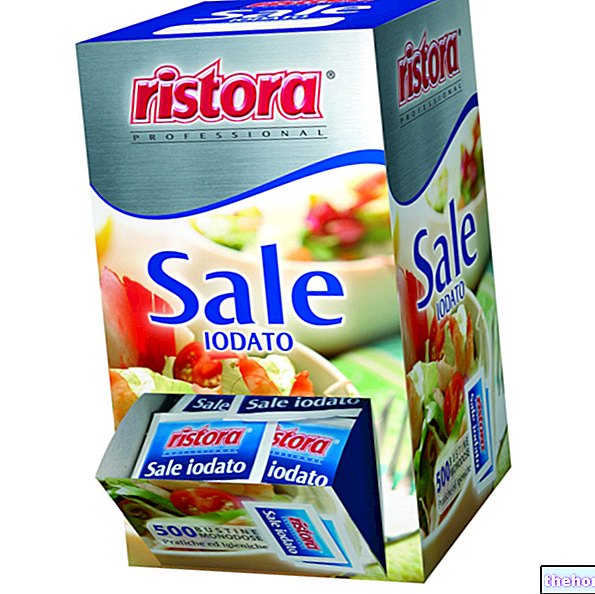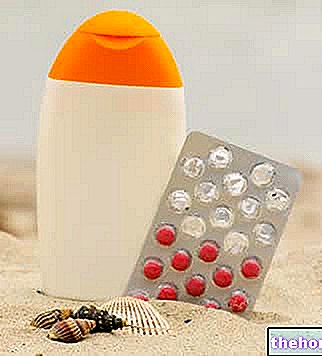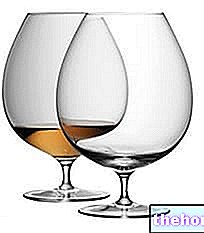Watch the video
- Watch the video on youtube
The name "spirulina" derives instead from the shape of this "alga which recalls, as you can guess from its name, that of a spiral.
The use of spirulina in food is very ancient, in fact it seems to date back to the time of the Romans who used it to feed the African populations (Spirulina platensis). This alga was also present in the diet of pre-Columbian civilizations (Spirulina maxima); this tradition was brought back by the Spanish "conquistador" Cortés who in the early years of the 1500s subdued the Aztec empire.
Listen on Spreaker. , essential amino acids and lipids. The fats contained in it belong to the large family of mono and polyunsaturates, with a clear prevalence of omega-6 compared to omega-3 and with high quantities of gamma linolenic acid; these nutrients, if well balanced with each other, are considered able to improve blood cholesterol levels, triglycerides, normalize blood pressure, participate in the formation of myelin sheaths that line the nerves and improve the functionality of the immune system. Note: for this to happen, it would be advisable to balance the omega6 / omega3 ratio of one's diet with the help of a nutritionist.
However, contrary to what was estimated in 2003 with respect to the concentrations of docosahexaenoic acid (DHA) and eicosapentaenoic acid (EPA) - each estimated at 2-3% of total fatty acids - a more recent study indicated that seaweed-based products spirulina contain omega-3 fats in little detectable amounts - less than 0.1%, including DHA and EPA. Another in vitro study, however, states that different microalgae strains can increase the concentration of EPA and DHA.
Among the vitamins and similar vitamin factors that abound in spirulina we mention: tocopherol, some carotenoids (provitamins A, such as astaxanthin), inositol and many vitamins of the B group. However, iodine is included, an element that abounds above all in marine algae (eg fucus and laminaria).
Contrary to what was believed at the beginning, like all plants, spirulina also does not provide cyanocobalamin, but rather other biologically inactive forms of vitamin B12 - pseudovitamina B12 (Coα- [α- (7-adenyl)] - Coβ-cyanocobamide). As evidenced by the scientific literature and, in 2009, by the American Dietetic Association, spirulina should not be considered a supplement or a functional food useful for preventing or filling the deficiency of this vitamin in the diet.
The coupled between certain vitamins, phycobilins and other pigments (for example chlorophyll), gives spirulina noteworthy antioxidant properties. Thanks to these characteristics, the alga in question is potentially able to protect against free radicals and damage that these cause the organism (premature aging, neurodegenerative diseases, some cancers and atherosclerotic disease).
spirulina-based are very popular among athletes and among those who want to quickly reach their ideal weight or are looking for a "natural alternative to multivitamin-mineral supplements and synthetic restoratives. In the first case, the high content of vitamins and minerals that act as enzymatic cofactors to support energy production during particularly intense muscular effort.
Sportspeople can also take advantage of the precious antioxidant properties attributed to spirulina; it is known that physical activity, while improving the endogenous disposal systems, produces many free radicals.
The very high protein content (65-70 g per 100 g of food, compared to 20-25 g of a lean cut of meat), makes spirulina a particularly useful and nutritious food even for the population that does not take in sufficient quantities of amino acids. The good profile of the essential ones can represent a valid help to cover the needs of people who do not consume food of animal origin, or who for other reasons have a "deficient diet."
The cell wall of the spirulina algae, devoid of cellulose and of the mucoprotein type, also gives it good digestibility.
Spirulina also appears to have a certain effect on appetite control. When taken before meals, it accelerates the onset of satiety (probably due to the abundance of nutrients, particularly proteins, and their effect on CCK secretion. ) and in this sense can find space in dietary-behavioral therapies aimed at reducing body weight.
There are also those who argue that, by filling any vitamin or mineral deficiencies, spirulina can also help mitigate the appearance of bulimic crises. However, these hypotheses are mostly exploited for commercial purposes, given that there is not sufficient scientific basis to justify a " usefulness of spirulina in the control of body weight.
For all these positive characteristics, spirulina has earned the nickname of "food of the future".
Kjoule
1214
Carbohydrates (g)
Fat (g)
Protein (g)
Vitamin B12 (mcg) *





























